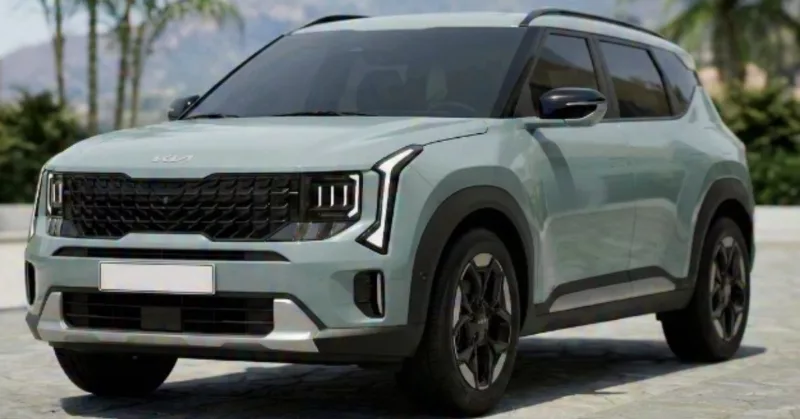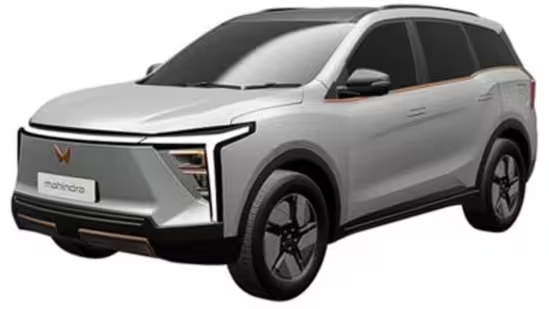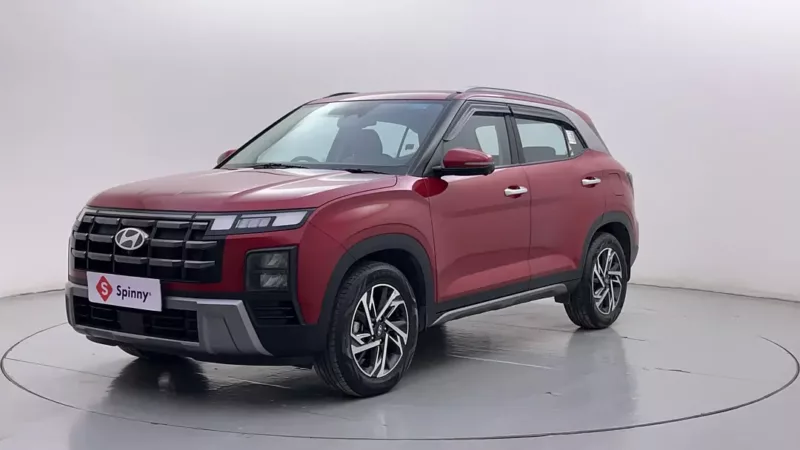The Maruti WagonR has been a household name in India since its launch in 1999. The quirky hatchback, with its high roof and spacious interior, has won the hearts of many Indian car enthusiasts and families alike. The WagonR’s unique design and practicality made it a common sight in Indian cities, both as a taxi and as a personal car.
But did you know the original WagonR’s design was inspired by the same car that also spawned the Maruti 800? Both cars share their ancestry to what was then the Suzuki Alto, with the WagonR being essentially a taller version of it that was aimed at younger, first-time car buyers.
While the WagonR sold in India today has almost no connection to the one sold in Japan, both are best sellers in their respective markets. Here are 5 Cool Features of the Maruti WagonR that we think have contributed to its immense success in India.
Cool Features of the Maruti WagonR
Tall-boy Design

While not the first tall-boy car in India, the WagonR is definitely the most recognisable one sporting this type of design. Though its first two generations stuck to the tall-boy playbook, Maruti took a rather bold bet with the third-generation WagonR by making it larger too. The result was a mini-SUV look as the new car added width to its already considerable height. But because it still drove like a small car, buyers embraced it wholeheartedly with the new WagonR often holding the position of India’s bestselling car.
More of a tall young adult now, the new WagonR’s design also brought with it several practical benefits, including improved driver visibility. The high driving position gives drivers a better view of the road and makes it easier to navigate tight spaces, making the WagonR an ideal car for new drivers or those who need an easy city runabout.
Spacious Interior
You’d be hard-pressed to find another car in the WagonR’s price range that can seat five adults in reasonable comfort. This is made possible due to the WagonR standing 1675mm tall with a wheelbase stretching to 2435mm, both segment-best figures.

This high roofline offers increased headroom, making it possible for even tall passengers to sit comfortably at the back without having to duck their heads. Similarly, the long wheelbase allows passengers to sit with their knees bent at a more relaxed angle, resulting in lower fatigue. Together with the huge glass area, these larger dimensions lend an airy and spacious feel to the WagonR’s cabin.
Best-In-Class Boot Space
In most small cars, the boot space is a mere formality, capable of holding no more than a few large backpacks. Heck, that was the case even with the previous two generations of the WagonR. But the current car is in a different league altogether as its boot has a capacity of 341 litres.

To put things into perspective, that is larger than all but two premium hatchbacks (Honda Jazz and Tata Altroz) currently sold in India. In fact, the WagonR trumps even its larger, more expensive sibling, the Baleno, which offers 318 litres of boot space.
The icing on the cake here is the WagonR’s 60:40 split rear seat on the mid and higher variants, which allows you to double the boot space to over 700 litres, which is larger than the trunks of mid-size sedans and SUVs.
Two Engine Options
The WagonR is among the few Maruti cars that get two engine options. The 1.0-litre 3-cylinder engine produces 68 PS and 90 Nm while the larger 1.2-litre 4-cylinder engine produces 83 PS and 113 Nm. The latter engine is borrowed from the Swift and the Ignis and makes the WagonR a more capable high-speed cruiser. Both engines can be mated to either a 5-speed manual or AMT transmission.
Despite growing larger, the current WagonR is lighter than the older car by roughly 40 kg. And by plonking the more powerful engine into it, Maruti has made the WagonR an adept highway car that can munch miles at a fast clip (it can do 0-100 kmph in under 12 seconds) while keeping passengers fatigue-free. The smaller-engined WagonR is no slouch either and offers enough poke to zip around town with occasional highway runs thrown in.
Low Running Cost
Though the WagonR grew larger and got a more powerful engine option, its mileage has only gone up with the 1.0-litre engine returning 24.35 kmpl and 25.19 kmpl for the manual and AMT, respectively. Mileage figures for the 1.2-litre engine are equally impressive at 23.56 kmpl for the manual and 24.43 for the AMT.
While automatic powertrains are usually less fuel-efficient than their manual counterparts, there are two reasons why that isn’t the case with the WagonR. Firstly, as mentioned before, the new car is considerably lighter than the older one with a kerb weight of 810-850 kg for the pure petrol variants. Secondly, both powertrains benefit from an idle start-stop system, which automatically turns the engine off when idle only to turn it on when the clutch is pressed.
Should such stupendous fuel efficiency fall short of your expectations, Maruti offers the 1.0-litre WagonR with a CNG option. Featuring only the 5-speed manual transmission, the WagonR CNG delivers a mileage of 34.05 km/kg, making it among the cheapest cars to run in India.
Summary
Nudging the 25-year mark in India, the Maruti WagonR is showing no signs of slowing down in terms of sales or popularity. While Maruti has updated the car just thrice in that period, each update did a thorough job of reflecting the evolving needs of the Indian car buyer, but without sacrificing the WagonR’s distinct tall-boy appeal. Whether you’re looking for a practical daily driver or a budget-friendly family vehicle, the WagonR remains the unrivalled choice.



